August 27, 2015
People are surprisingly ignorant of basic technological terms 0
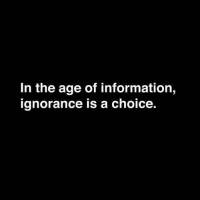 One of the assumptions we might make about people in our increasingly digital world is that everybody has a pretty good grasp of what some of the more basic technological ideas actually mean. That cosy assumption is challenged by a new study from IT firm Daisy Group which claims that a fifth of the UK population don’t know what WiFi is, three quarters have no idea what is meant by VoIP, nearly half (43 percent) don’t know what The Cloud is and a similar number (44 percent) are baffled by the term ‘fibre broadband’. Even business owners and managers, for whom a basic grasp of this kind of stuff would seem essential, are at a disadvantage. Nearly a third (29 percent) of 1,100 surveyed couldn’t define fibre broadband (29 percent), a quarter (26 percent) hadn’t the foggiest about The Cloud and pretty much everybody is left cold by data centres.
One of the assumptions we might make about people in our increasingly digital world is that everybody has a pretty good grasp of what some of the more basic technological ideas actually mean. That cosy assumption is challenged by a new study from IT firm Daisy Group which claims that a fifth of the UK population don’t know what WiFi is, three quarters have no idea what is meant by VoIP, nearly half (43 percent) don’t know what The Cloud is and a similar number (44 percent) are baffled by the term ‘fibre broadband’. Even business owners and managers, for whom a basic grasp of this kind of stuff would seem essential, are at a disadvantage. Nearly a third (29 percent) of 1,100 surveyed couldn’t define fibre broadband (29 percent), a quarter (26 percent) hadn’t the foggiest about The Cloud and pretty much everybody is left cold by data centres.















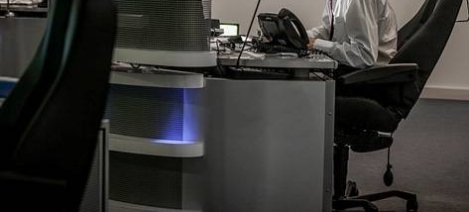
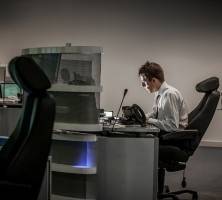





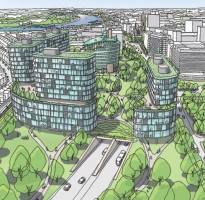




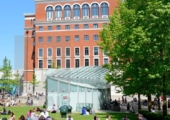


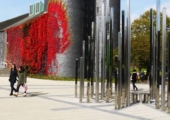


May 18, 2015
Management is needed to ensure people actually use sit stand workstations
by Kati Barklund • Comment, Furniture, Wellbeing, Workplace design
(more…)